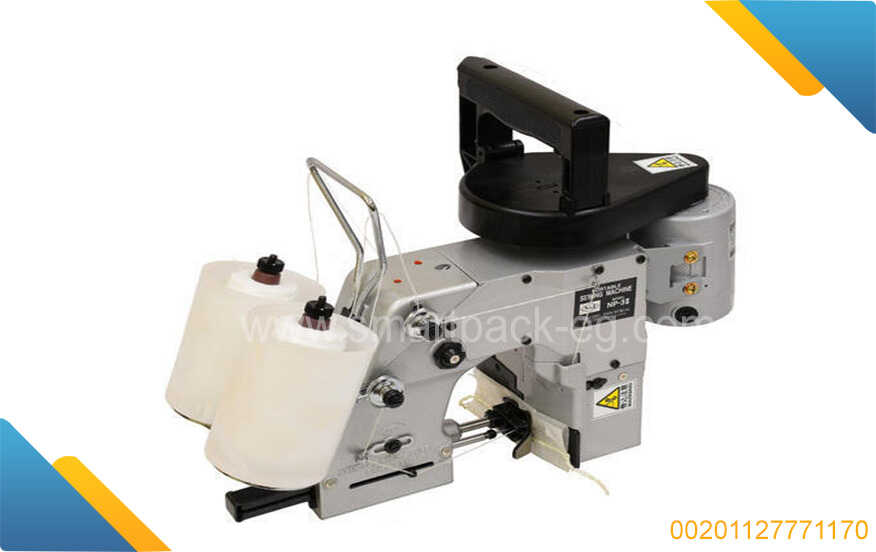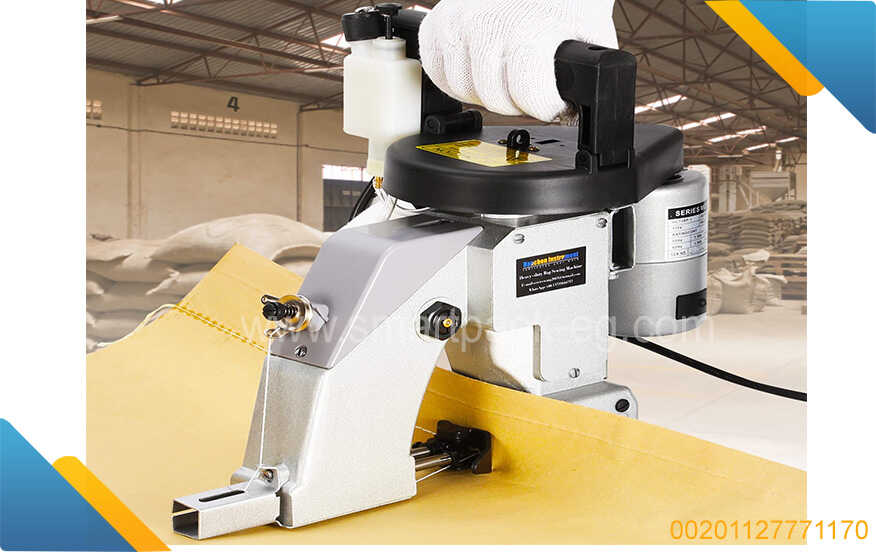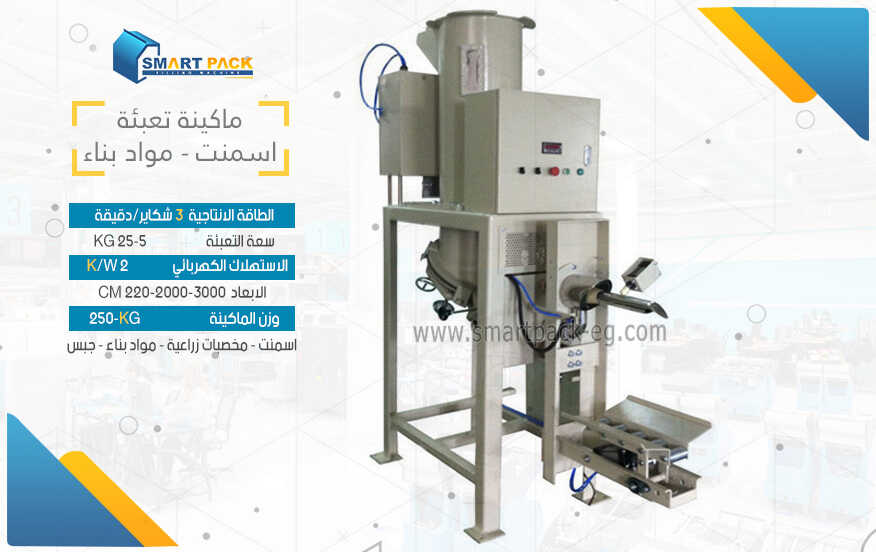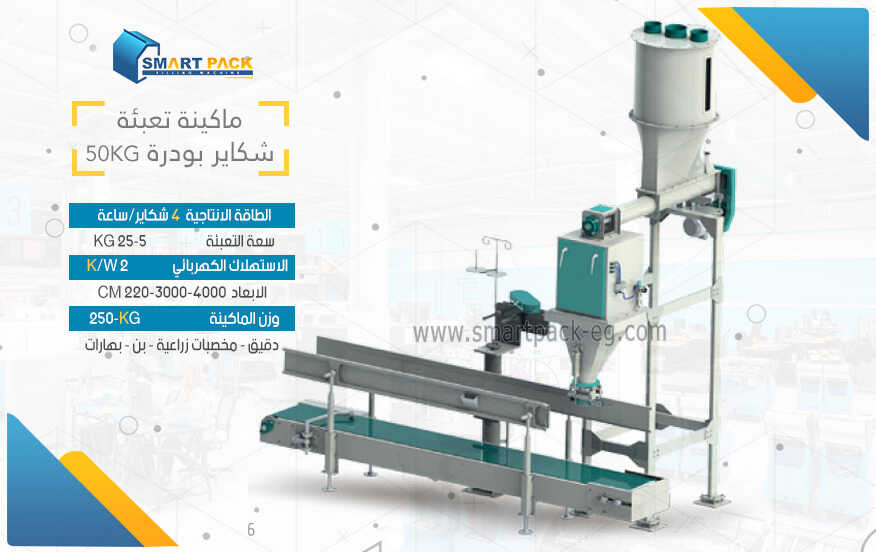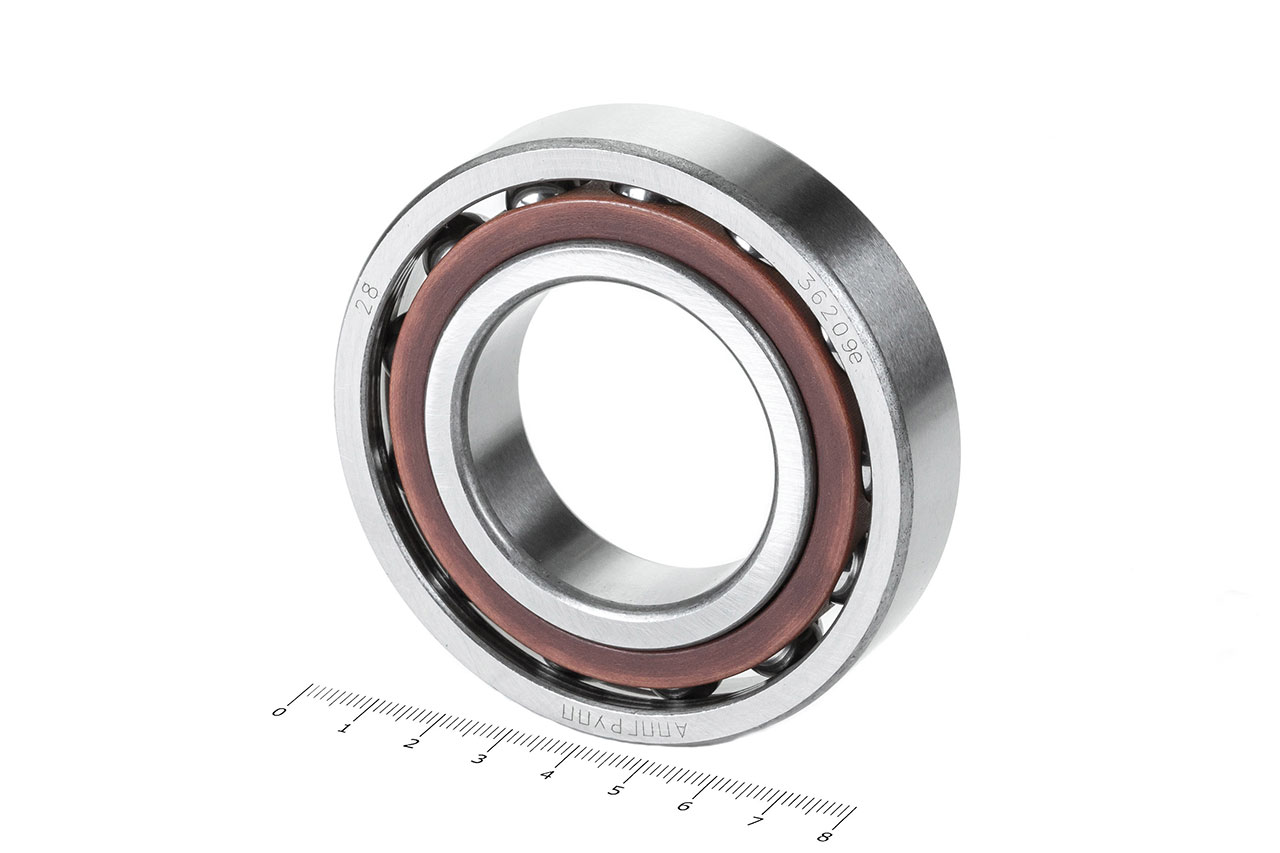How To Guide: A Study of the Organic Fertilizer Packaging Machinery Project in Egypt
Introduction:
Organic farming has gained popularity worldwide, including Egypt. With the increasing demand for organic fertilizer, it is crucial to optimize the packaging process. This step-by-step guide will walk you through the process of studying and implementing an organic fertilizer packaging machinery project in Egypt.
Step 1: Identifying the Need
- Determine the current packaging methods and their limitations.
- Research the market demand for organic fertilizer and estimated growth rate.
- Analyze the potential benefits of investing in packaging machinery, including increased production capacity, reduced labor costs, and improved product quality.
Step 2: Understanding Machinery Requirements
- Identify the types of packaging machinery suitable for organic fertilizer.
- Consider factors such as speed, accuracy, versatility, and maintenance requirements.
- Research local suppliers and manufacturers to find machinery options that meet your specific needs.
Step 3: Cost Analysis
- Prepare a detailed cost analysis, including machinery purchase or lease, installation, maintenance, and employee training.
- Calculate the return on investment (ROI) by estimating the time it will take to recover the initial investment through cost savings or increased revenue.
- Ensure long-term profitability by accounting for any future maintenance or upgrade costs.
Step 4: Supplier and Machinery Selection
- Contact multiple suppliers to obtain quotes and gather information about their products and services.
- Evaluate each supplier based on their experience, reputation, customer support, and warranty offerings.
- Compare the quotes and select a supplier that best suits your requirements, provides comprehensive technical support, and offers a reasonable price.
Step 5: Installation and Setup
- Create a detailed installation plan to ensure smooth machinery setup without disrupting other operations.
- Prepare the packaging area by arranging necessary infrastructure, such as electrical connections and safety measures.
- Collaborate with the supplier to install and calibrate the machinery, ensuring it meets local safety and regulatory standards.
Step 6: Employee Training
- Organize comprehensive training sessions for relevant staff members who will operate and maintain the machinery.
- Ensure that employees understand the machinery's functionality, safety precautions, routine maintenance, and troubleshooting techniques.
- Provide ongoing training and support to maximize efficiency and productivity.
Step 7: Quality Control and Testing
- Develop standard operating procedures (SOPs) for packaging processes and quality control measures.
- Perform initial tests and inspections to validate the machinery's performance and accuracy.
- Continuously monitor the packaging process, conducting regular quality checks, and making necessary adjustments to maintain consistent product quality.
Step 8: Continuous Improvement
- Encourage feedback from employees and customers regarding the efficiency and effectiveness of the packaging machinery.
- Regularly review operational data to identify areas for improvement, such as optimizing production speed or reducing material waste.
- Implement necessary updates or modifications to the packaging machinery based on feedback and analysis.
Conclusion:
Implementing an organic fertilizer packaging machinery project in Egypt requires a systematic approach. By following these steps, studying the market demand, selecting the right machinery supplier, providing comprehensive training, and continuously improving your packaging process, you can streamline operations and meet the growing demand for organic fertilizer while maintaining high product quality.

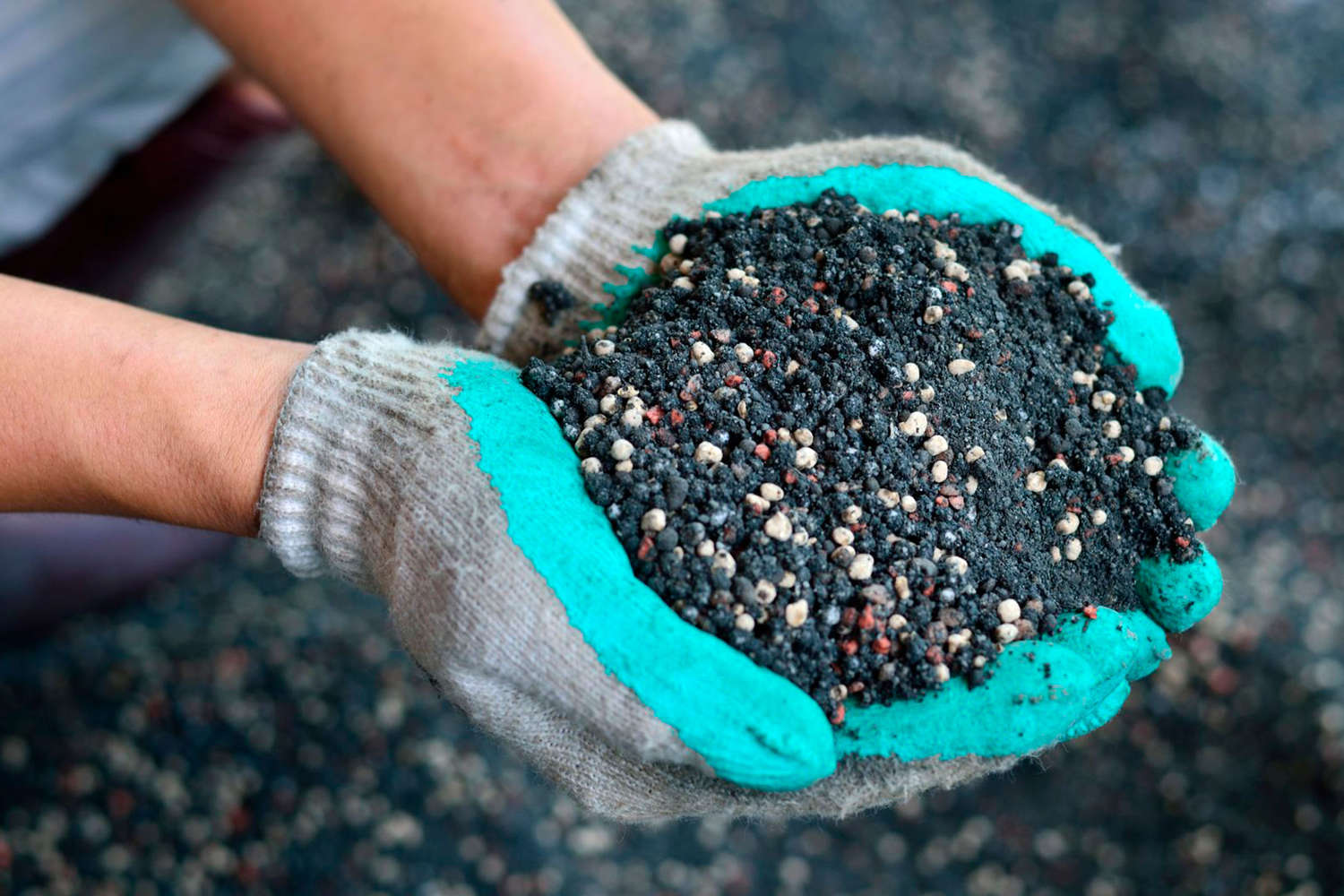
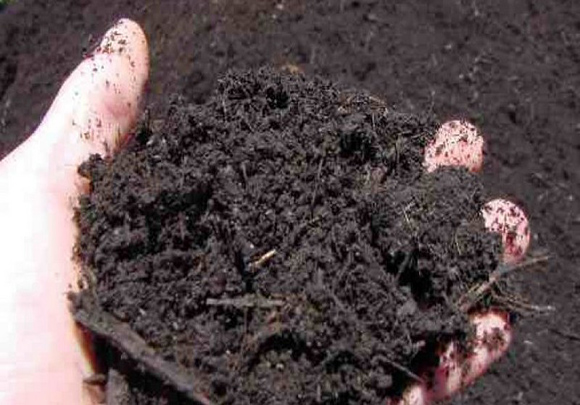
 Admin
Admin 